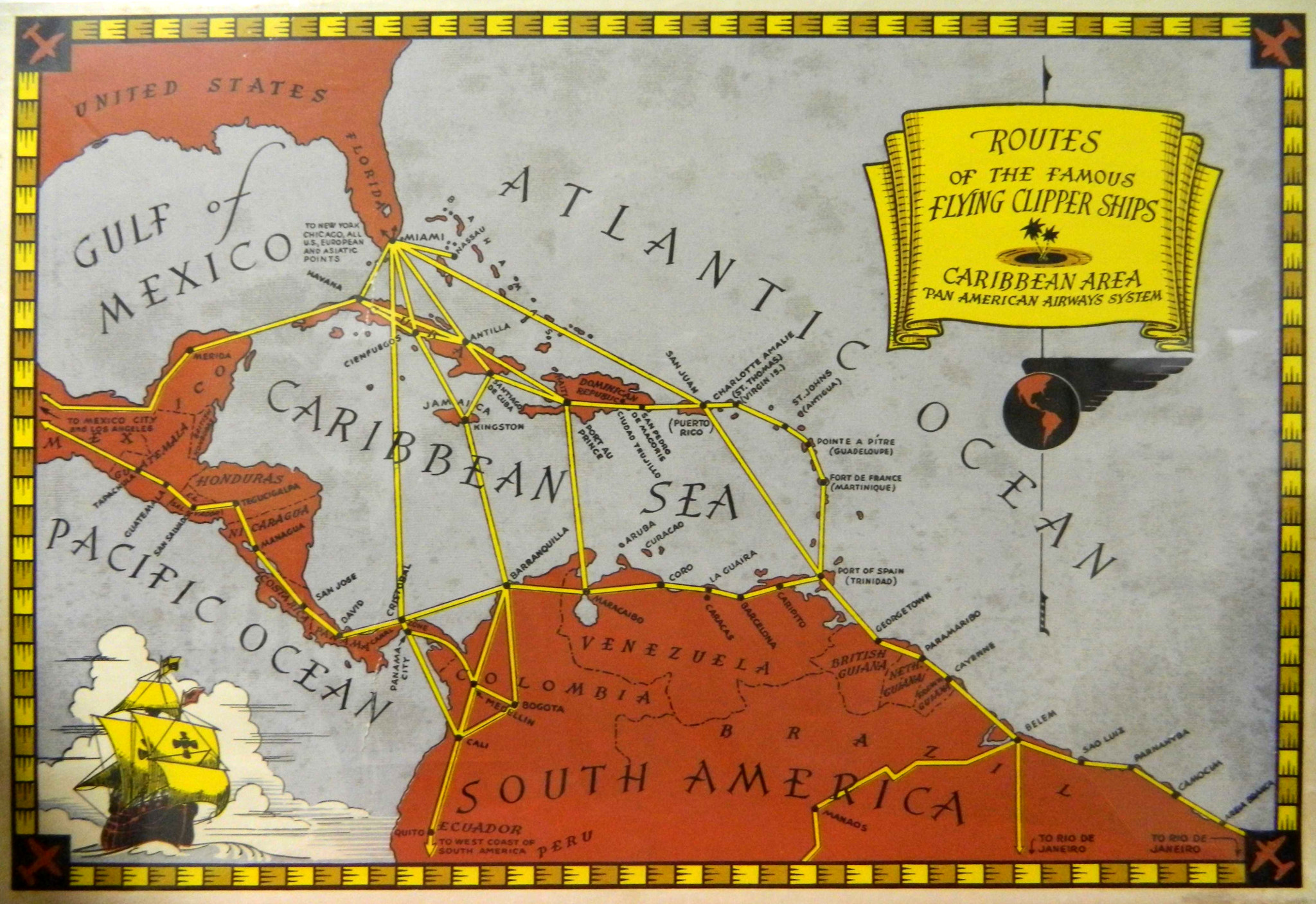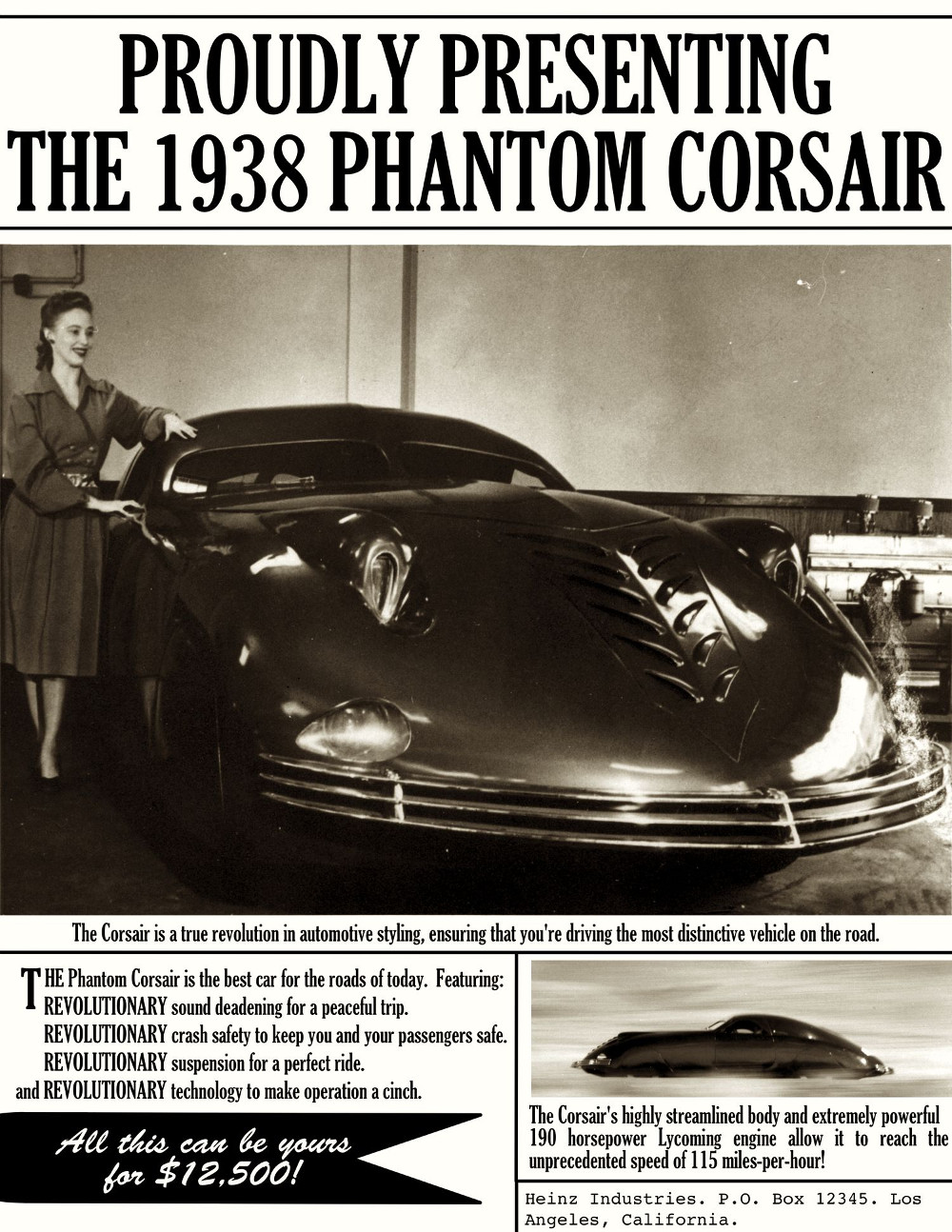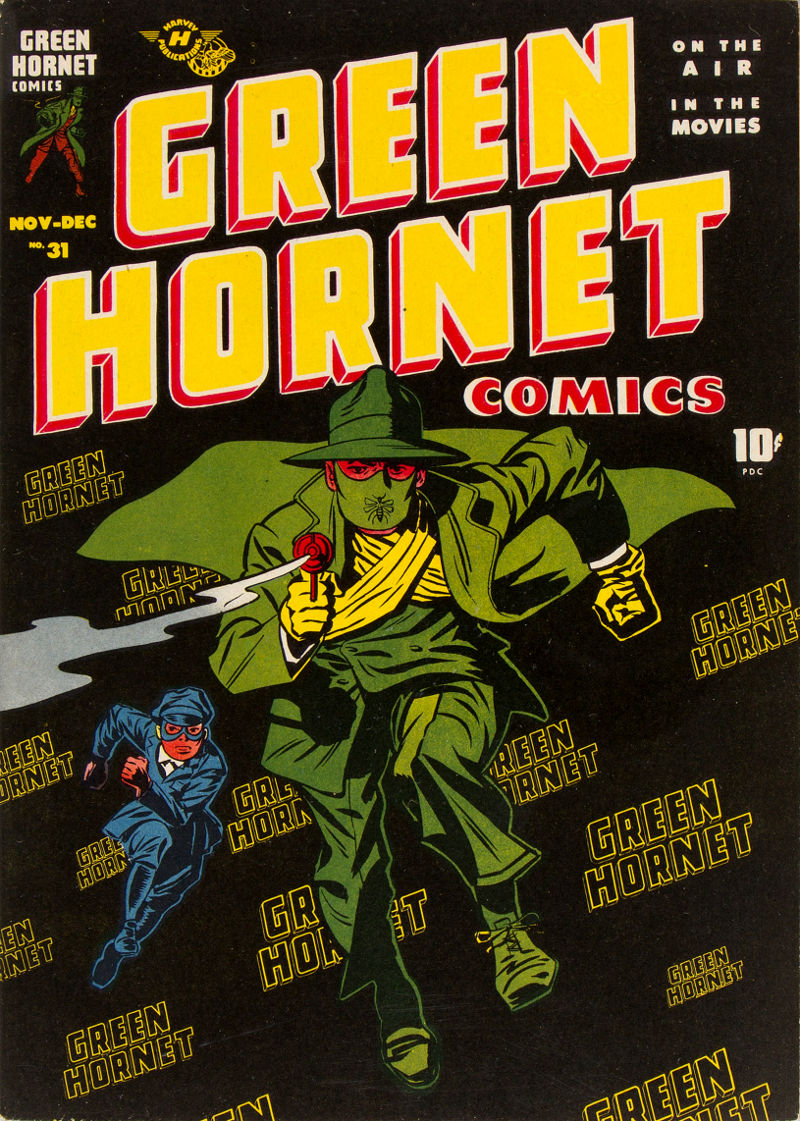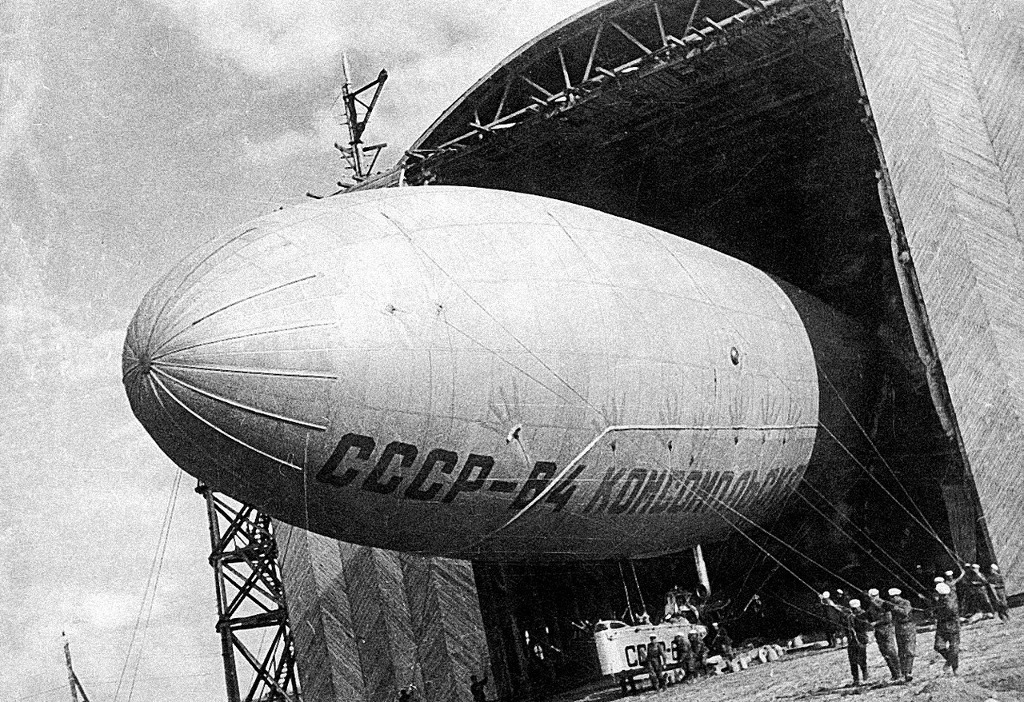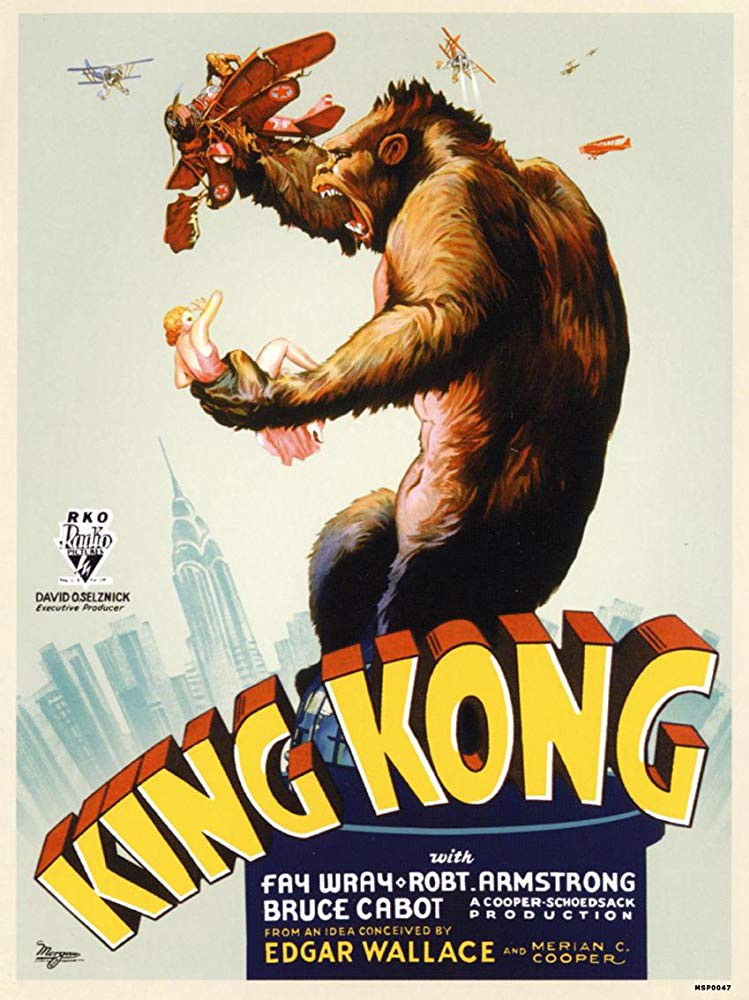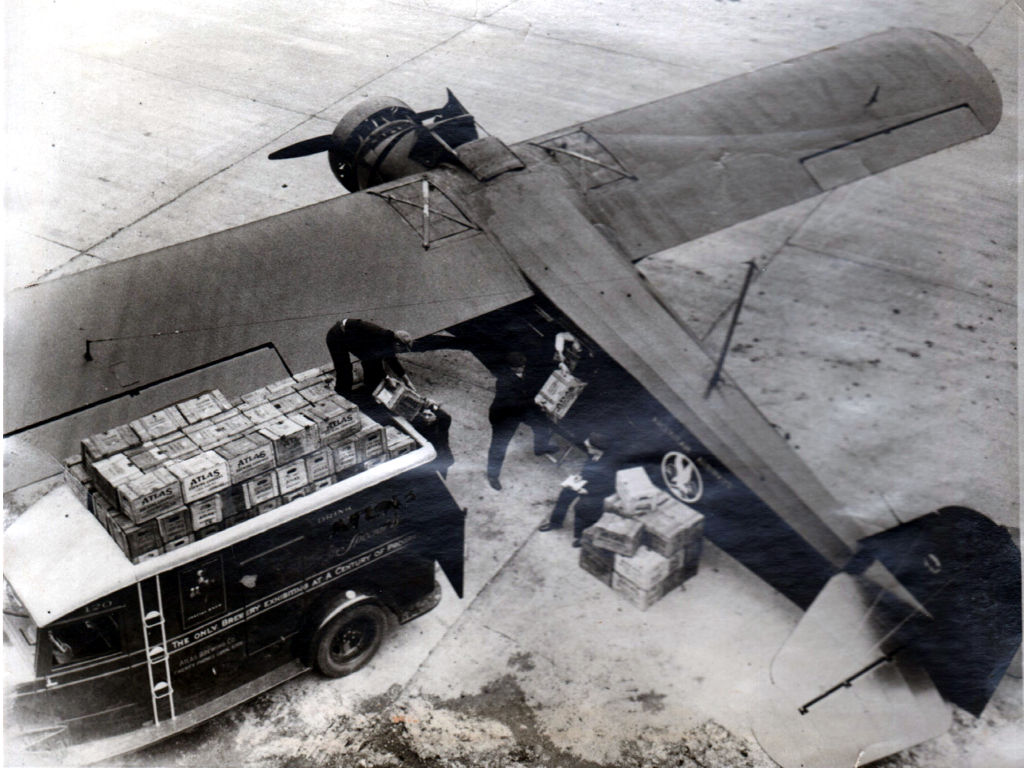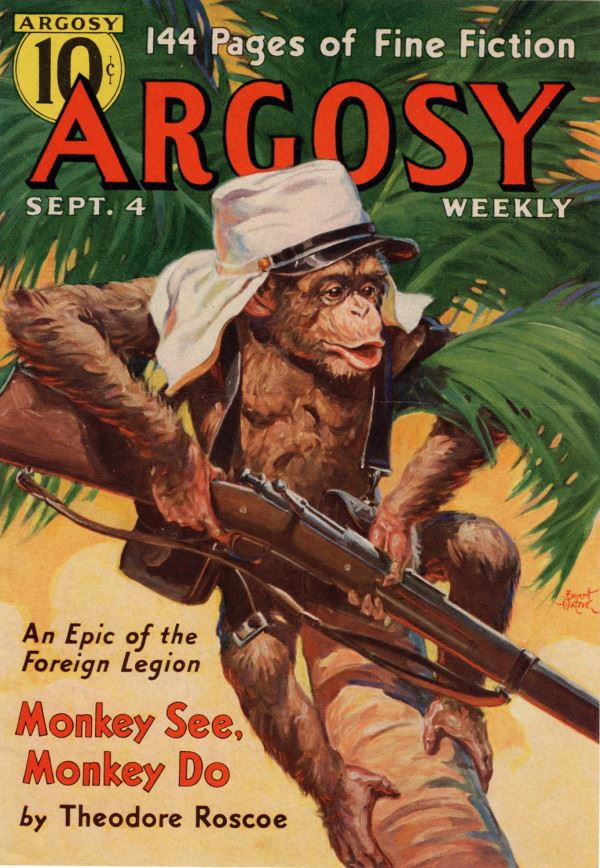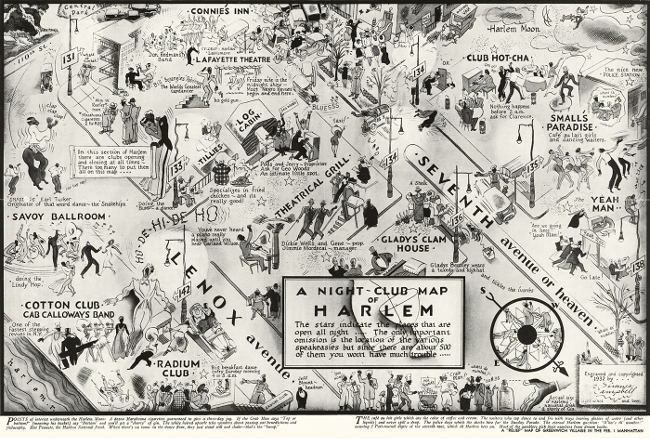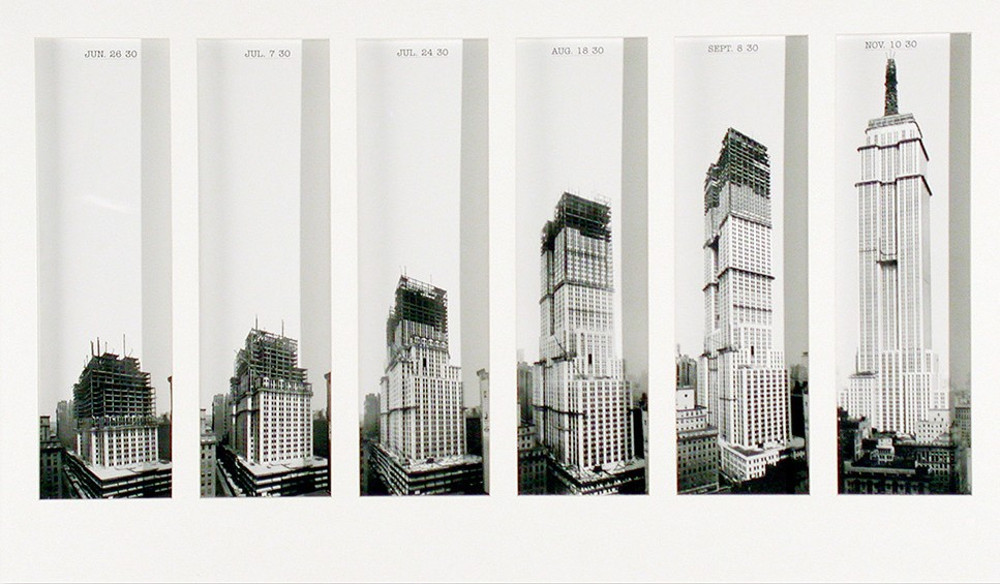Phantom Corsair, 1938
Green Hornet Comics, Issue 31
Soviet Airship B4, 1934
King Kong!
Happy Beer Day!
Argosy, Sept. 4, 1937
Jungle Jim
Night-Club Map of Harlem, 1932
Night-Club map of Harlem from the Feb 1, 1932 edition of Manhattan Magazine (1MB)
Points of interest under the Harlem Moon: A dozen Marijuana cigarettes guaranteed to give a three-day jag. If the Crab Man says “Top or bottom?” (meaning his basket) say “Bottom” and you will get a “shorty” of gin. The white haired apostle who wanders about passing out benedictions and philosophy. Hot peanuts, the Harlem National Food. When there’s no room on the dance floor, they just stand still and shake — that’s the “bump.”
The café au lait girls which are the color of coffee and cream. The waiters who tap dance to and fro with trays bearing glasses of water (and other liquids) and never spill a drop. The police dogs which the sheiks hire for the Sunday Parade. The eternal Harlem question: “What’s th’ number?” meaning 3 Pari-muted digits of the seventh race, which all Harlem bets on. Most of the gamblers pick their numbers from the dream books.
Empire State Building Construction
The construction of the Empire State building involved more than 3,500 workers. According to official accounts, only five workers died during the construction, although the New York Daily News gave reports of 14 deaths. An amazing number considering the complete lack of safety equipment.
